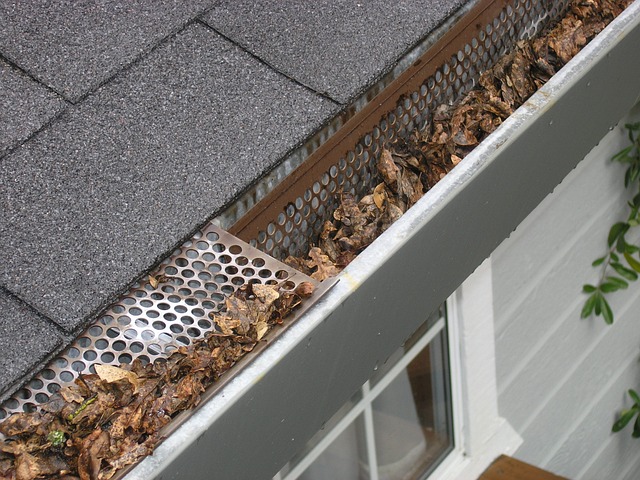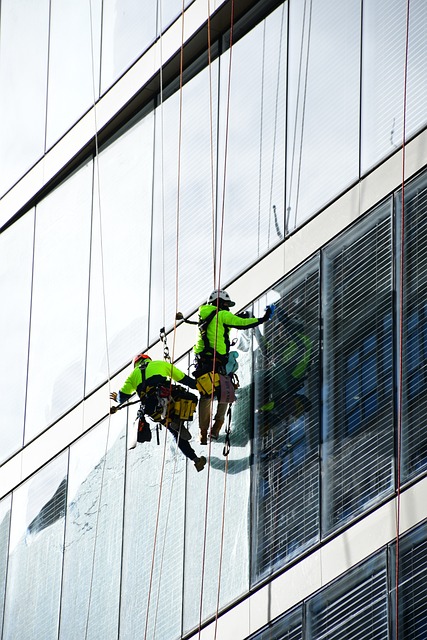Dust is one of many work-related hazards common in manufacturing industries. Different airborne particles such as metal, mold, wood and chemicals can be small enough to suspend in the air as dust.
Dust Dangers
Industries such as pharmaceutical and food production, powder coating and woodworking create a large amount of dust during manufacturing. These tiny particles are very harmful to workers. Over time, the exposure causes damage to workers’ lungs, leading to chronic conditions such as asthma and even death.
Dust Collection Procedures
Since dust is a byproduct of certain types of manufacturing, companies must develop ways to mitigate exposure. One crucial way to do this is by installing collection systems on manufacturing equipment. Vacuums and industrial bag filters VA are the first lines of airborne dust prevention. These filters work by attaching to equipment through hoses or clamps. When the machine runs, a vacuum system helps pull the dust particles into the filter bag. This prevents the particles from drifting into the air. Different types of filter bags are available depending on the particle size, flammability, and moisture level. Companies can also install facility-wide dust collection systems. These are large machines that connect to the HVAC and filter the air from the entire building.
Equipment Maintenace
Keeping machines free from accumulated dust is a priority. Flour, sawdust and metal particles can accumulate on the sides of cutting or mixing equipment. It is essential to keep these areas clean from debris to prevent the vacuum hoses from getting clogged. It is also necessary to empty collection bags before they get too full, or they could rupture. If it did, this would send high amounts of dust particles into the air, creating an emergency for everyone in the immediate area. Not only does this create a health hazard, but it also disrupts production for the employer.
Personnel Safety
Companies can go even further to protect workers by offering personal safety equipment. Items such as safety glasses and goggles provide a protective seal around the eyes to keep dust out. Eye washing stations placed strategically around the manufacturing floor offer first aid in case there is an accident. Coveralls prevent skin exposure and protect clothing when worn as an outer layer. Most importantly, employers can protect workers from breathing toxic dust by providing masks or respirators.
There are many things companies can do to keep their workers safe in a dusty business. By adding filter systems, maintaining equipment, and providing personal protection devices, all employees have a safe place to work.




